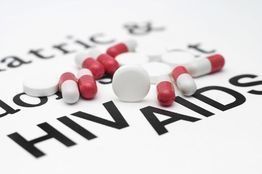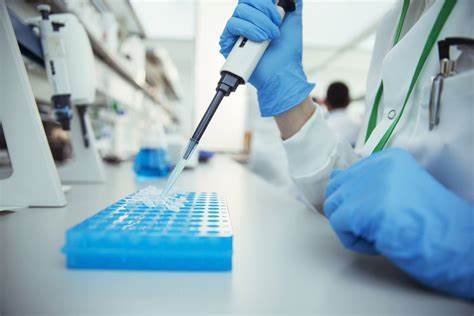
Frost & Sullivan - European HIV market earned $5.58 billion in 2012 and will reach $9.24 billion in 2019
Singapore: Frost & Sullivan's analysis of the European HIV drugs market revealed that it earned $5.58 billion in 2012 and estimates this to reach $9.24 billion in 2019. The research covers the most actively used antiretroviral (ARV) therapies, including nucleoside reverse transcriptase inhibitor (NRTI), protease inhibitor (PI), non-nucleoside reverse transcriptase inhibitor (NNRTI), integrase inhibitors, and other therapeutics (ARV compounds like CCR5 receptor antagonists, fusion inhibitors, maturation inhibitors, attachment inhibitors and PK boosters).
Their value-added features and improved efficacy are expected to boost the prospects of less common drug types. The introduction of one-pill-daily combination drugs will also be a key factor in market development. A reduction in the number of drugs that need to be consumed directly reduces patient expenditure levels. Other advantages include convenience and ease of consumption.
This trend is poised to have a steady impact on the growth of the HIV drugs market. It is also likely to shift the focus from syringes, as a source of drug administration, to directly consumable pills. A major restraint to market expansion remains poor compliance rates due to the absence of established treatment procedures. This can be offset by improving access to disease awareness campaigns, treatment guidelines, counselling sessions and targeted diagnostics from health governing bodies.
The anticipated launch of drugs currently in the pipeline, together with the introduction of oral combination pills, are set to have a profound impact on the European HIV drugs market. With technically advanced features like easy consumption and higher adherence to combination therapy, these candidates assist highly active antiretroviral therapies (HAART), which are a combination of three or four types of ARV therapies.
Ms Deepika Pramod Chopda, analyst, healthcare research, Frost & Sullivan, said that, "In addition to popularly existing therapies like NRTI, NNRTI, PI and integrase inhibitors, new drug candidates over the last decade have spurred the HIV drugs market. The development of new candidates, derived from the less commonly used types of ARV therapies like PK boosters, maturation inhibitors, and attachment inhibitors, is driving the overall market."




